I think there may be two issues here depending on how you're sending this data over TCP.
Issue 1: Endianness
As, you've said endianness is an issue. You're right when you mention using htons and ntohs for shorts. You may also find htonl and its opposite useful too.
Endianness has to do with the byte ordering of multiple-byte data types in memory. Therefore, for single byte-width data types you do not have to worry. In your case is is the 2-byte data that I guess you're questioning.
To use these functions you will need to do something like the following...
Sender:
-------
t.test = 0xde; // Does not need to be swapped
t.test2[0] = 0xad; ... // Does not need to be swapped
t.test3[0] = 0xbe; ... // Does not need to be swapped
t.test4 = htons(0xdeca); // Needs to be swapped
...
sendto(..., &t, ...);
Receiver:
---------
recvfrom(..., &t, ...);
t.test4 = ntohs(0xdeca); // Needs to be swapped
Using htons() and ntohs() use the Ethernet byte ordering... big endian. Therefore your little-endian machine byte swaps t.test4 and on receipt the big-endian machine just uses that value read (ntohs() is a noop effectively).
The following diagram will make this more clear...

If you did not want to use the htons() function and its variants then you could just define the buffer format at the byte level. This diagram make's this more clear...

In this case your code might look something like
Sender:
-------
uint8_t buffer[SOME SIZE];
t.test = 0xde;
t.test2[0] = 0xad; ...
t.test3[0] = 0xbe; ...
t.test4 = 0xdeca;
buffer[0] = t.test;
buffer[1] = t.test2[0];
/// and so on, until...
buffer[7] = t.test4 & 0xff;
buffer[8] = (t.test4 >> 8) & 0xff;
...
sendto(..., buffer, ...);
Receiver:
---------
uint8_t buffer[SOME SIZE];
recvfrom(..., buffer, ...);
t.test = buffer[0];
t.test2[0] = buffer[1];
// and so on, until...
t.test4 = buffer[7] | (buffer[8] << 8);
The send and receive code will work regardless of the respective endianness of the sender and receiver because the byte-layout of the buffer is defined and known by the program running on both machines.
However, if you're sending your structure through the socket in this way you should also note the caveat below...
Issue 2: Data alignment
The article "Data alignment: Straighten up and fly right" is a great read for this one...
The other problem you might have is data alignment. This is not always the case, even between machines that use different endian conventions, but is nevertheless something to watch out for...
struct
{
uint8_t v1;
uint16_t v2;
}
In the above bit of code the offset of v2 from the start of the structure could be 1 byte, 2 bytes, 4 bytes (or just about anything). The compiler cannot re-order members in your structure, but it can pad the distance between variables.
Lets say machine 1 has a 16-bit wide data bus. If we took the structure without padding the machine will have to do two fetches to get v2. Why? Because we access 2 bytes of memory at a time at the h/w level. Therefore the compiler could pad out the structure like so
struct
{
uint8_t v1;
uint8_t invisible_padding_created_by_compiler;
uint16_t v2;
}
If the sender and receiver differ on how they pack data into a structure then just sending the structure as a binary blob will cause you problems. In this case you may have to pack the variables into a byte stream/buffer manually before sending. This is often the safest way.

